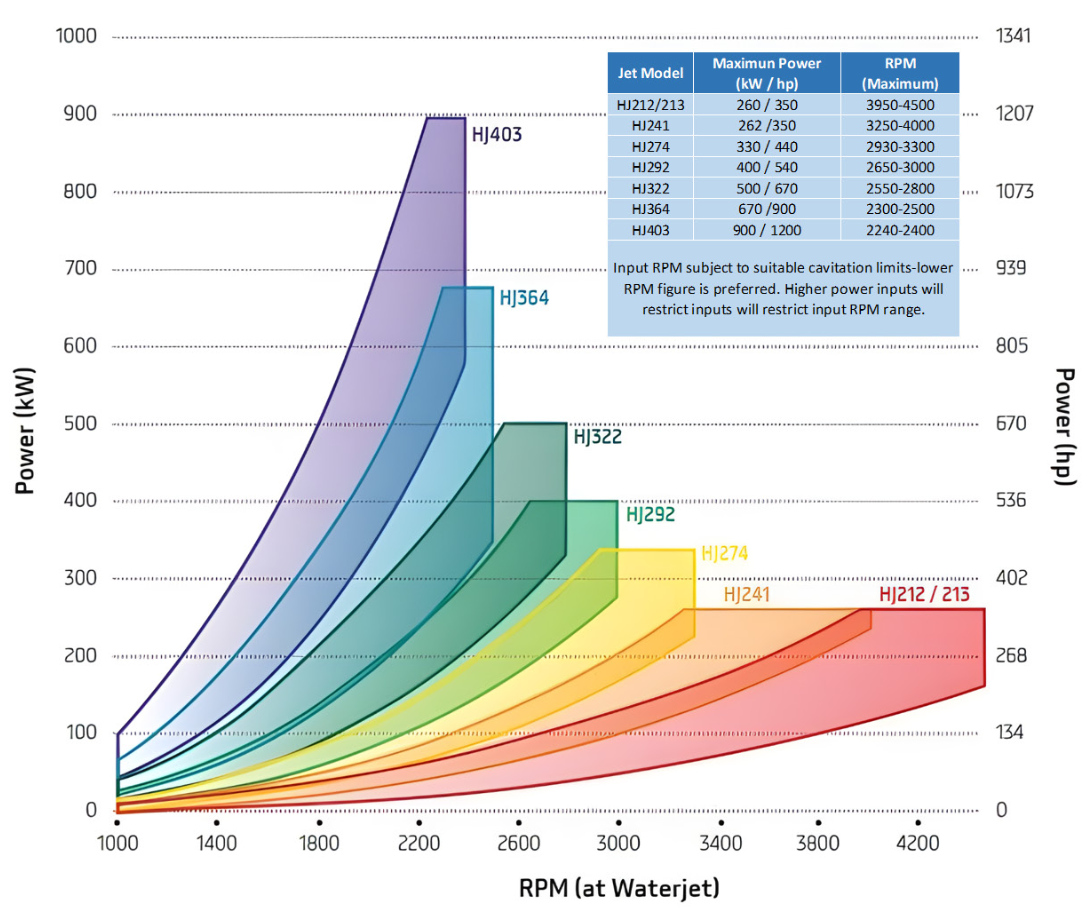Design of a Self-Righting Pilot Boat of 9 m Length
DOI:
https://doi.org/10.25043/19098642.254Keywords:
Naval engineering, design, pilotage, self-righting, stability, seakeeping, regressionsAbstract
Pilot service is the logistic activity provided to ships to facilitate the entry and exit in a specific port, which are knowledgeable about the area and the maneuvers to be performed. Currently the port of Cartagena de Indias is a strategic being in the Caribbean Sea, being located near the Panama Canal and in front of the crossroads of the main maritime routes of global trade. Where there is a high maritime traffic of merchant ships, which require a pilot service for entry and exit to the port, this service must be accompanied by a means to mobilize the pilot to the point of boarding the ship, serving as a logistical transport necessary to fulfill a role of comprehensive maritime security for the assistance of these ships that require the service to enter the port of Cartagena. Therefore, COTECMAR corporation has seen the need to have its own design for this type of vessel complying with all national and international regulations established, based on the classification society Bureau Veritas, and allowing self-righting in case of capsizing with the high speed of 27 knots for its approach to the authorized point to perform the maneuvers. This work presents numerical regressions, structural calculations, stability calculations, propulsion and generation design, general layout, seakeeping, and cost analysis.
Downloads
References
Port Authority of Cartagena: Clause specifications for pilotage services in the port of Cartagena. (2002).
PAREJA, F.: Pilotage activity in Colombia. Maritime and port insurance conference, http://www.jornadasdeseguromaritimoyportuario.com/archivos/Capitan%20Fernando%20Pareja.pdf, last accessed 2021/11/24.
IÁÑEZ, F.: Port pilotage: evolution, vicissitudes and circumstances. Colegio Oficial Nacional de prácticos de Puerto.(2015).
BAUTISTA, K.: Practice. Escuela Politécnica Superior de Ingeniería, Universidad de la Laguna, Tenerife, Spain, https://riull.ull.es/xmlui/bitstream/handle/915/2523/Practicaje.pdf;jsessionid=DC72FD3D3A4B63F4815C56B3EEBBB5DB?sequence=1last accessed 2021/11/23.
Colombian Navy: Naval Development Plan 2042, Bogota, Colombia. (2017).
Bentley Systems.: User Manual Maxsurf Resistance 22nd ed. Maxsurf Connect. (2018).
Bureau Veritas: Rules for the classification of high-speed craft NR 396 UNITAS R02 E. (2002).
Bureau Veritas: Hull Arrangement, Stability and Systems for Ships less than 500 GT NR 566 DT R02 E. (2018).
Habbeke shipyard: CREWTENDER 10,5m, https://www.habbeke.nl/project/crewtender-105m/, last accessed 2021/11/21.
Uzmar: Significant small ships. The Royal Institution of Naval Architects. (2020).11. GONZÁLEZ, J.: Hull shapes of fast boats. No 129. Experience hydrodynamics channel of The Pardo, Madrid, Spain. (1991).
MARÍN, J.: Optimization of river glider vessels for cargo and passenger transportation. Espol,h, Ecuador, https://www.dspace.espol.edu.ec/bitstream/123456789/6058/5/OptimizLPlanead.pdf, last accessed 2022/04/04.
RODRIGUEZ, R.: Basic design, materials and manufacturing method of the hull of a planing boat. Universidad Politécnica de Cartagena, Escuela Técnica Superior de Ingeniería Naval, Murcia, Spain, https://repositorio.upct.es/bitstream/handle/10317/3024/pfc4410.pdf?sequence=1&isAllowed=y, last accessed 2022/06/01.
OLIVELLA, J.: Basic Ship Theory 1st edn. Universidad Politécnica de Cataluña, Spain. (1994).
RIOLA, J.M., PÉREZ, R., and DÍAZ, J.J.: At-sea behavior of modern warships. Journal of Naval Engineering, 74-79, https://dialnet.unirioja.es/servlet/articulo?codigo=6516991, last accessed 2021/11/23. (2017).
FABREGAS, I. Study of methods for predicting forward resistance. Universität Politècnica de Catalunya, https://upcommons.upc.edu/bitstream/handle/2117/119676/135996_Estudio+m%C3%A9todos+de+predicci%C3%B3n+de+resistencia+al+avance.pdf?sequence=1. last accessed 2022/04/09 (2018).
Hamilton Jet, hj-series-brochure-eng-2014.pdf (hamiltonjet.com), last accessed 2022/11/16.
Motor WEG W22, WEG-w22-premium-ie3-motor-trifasico-50071522-brochure-spanish-web.pdf, last accessed 2022/11/23.
Marine Generator set package, LEHM0217-00.indd (teknoxgroup.com), last accessed 2022/11/16.
Bureau Veritas: Hull Structure and Arrangement for the Classification of Cargo Ships less than 65 m and Non-Cargo Ships less than 90 m NR 600 DT R04 E. (2021).
Tech. (2020). Life cycle of the naval project, https://www.techtitute.com/co/ingenieria/blog/ciclo-de-vida-del-proyecto-naval, last accessed 2022/04/09.
IMO: Shipbuilding standards move towards a new model. International Maritime Organization,MediaCentre/PressBriefings/Paginas/13-GBS-.aspx, last accessed 2022/04/05.
Damen Shipyard: High speed Crafts, https://www.damen.com/catalogue/high-speed-crafts/stan-pilots, last accessed 2022/04/09. https://www.imo.org/es/

Downloads
Published
How to Cite
Issue
Section
License
Copyright (c) 2024 Cotecmar

This work is licensed under a Creative Commons Attribution 4.0 International License.
The authors who publish in this Journal certify that:
- The work submitted for publication in The Ship Science and Technology journal, was written by the author, given that its content is the product of his/her direct intellectual contribution.
- All data and references to material already published are duly identified with their respective credits and are included in the bibliographic notes and quotations highlighted as such.
- All materials submitted for publication are completely free of copyrights; consequently, the author accepts responsibility for any lawsuit or claim related with Intellectual Property Rights thereof, Exonerating of responsibility to The Science and Technology for the Development of Naval, Maritime, and Riverine Industry Corporation, COTECMAR.
- In the event that the article is chosen for publication by The Ship Science and Technology journal, the author state that he/she totally transfers reproduction rights of such to The Science and Technology for the Development of Naval, Maritime, and Riverine Industry Corporation, COTECMAR.
- The authors retain the copyright and transfer to COTECMAR the right of publication and reproduction of the work which will be simultaneously subject to the Creative Commons Attribution License (CC -BY) , which allows the license to copy, distribute, display and represent the work and to make derivative works as long as it recognizes and cites the work in the manner specified by the author or licensor.
- For more information about the Creative Commons Attribution License (CC -BY) and his use and scope, please visit the following web page https://creativecommons.org/licenses/by-sa/4.0/legalcode








